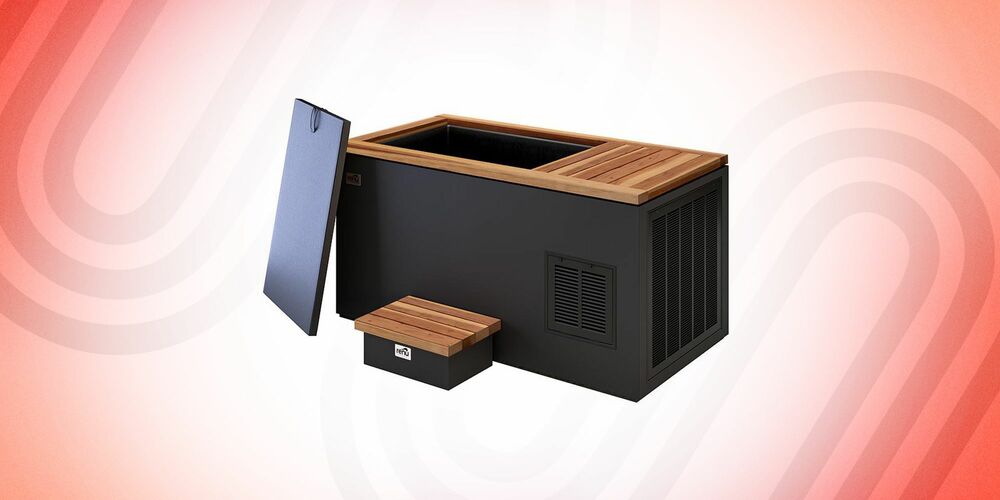Here at XPT, the use of an ice bath machine and heat is fundamental to the post-workout healing process. Whether you apply heat or cold after your exercise, you'll get several systemic advantages, including a decrease in inflammation that helps avoid injury and ease tired muscles, as well as enhanced circulation, increased human growth hormone, and a strengthened immune system—incorporating ice and heat treatment into your fitness or sports routine, whether a post-workout soak in a hot tub or an ice bath, may speed up recovery and boost your health and athletic performance.
Purchase A Tub of Ice Bath
An athlete's physique wouldn't fit in a standard bathtub, so that option is out. Luckily, there are other methods to simulate an ice bath in the comfort of your own home:
Tank With A Rubber Lining:
You can get Rubbermaid Stock Tanks at any hardware shop or on the internet. These tubs have a side drain and were initially intended to provide water to cattle, so they're simple to clean once you've finished your post-workout ice bath. Our go-to stock tank is the Rubbermaid 100 or 150-gallon model, depending on the user's height and weight.
Isopod:
For use in the house or the gym, ColdTub offers standalone Icepod devices for purchase. Put some ice and water in the tub, and you're ready to soak.
Scientific Method 3b:
The high-end tub that Laird and Gabby have in their house is akin to a 3B Scientific ice tub. Full-body immersion is made simple with these tubs, making them a worthwhile investment for athletes' rehabilitation.
Go Out And Buy Some Ice
Since most of us don't have access to a professional ice machine, we suggest breaking up your first round of ice treatment with around 200 pounds of ice and your second round with about 100 pounds of ice if you want to keep things manageable. You should have enough ice for approximately 2.5 hours with this. Spending so much on ice may add up quickly, so to save money, we propose throwing an "ice party" once a week with all of your closest friends. While you're resting, everyone may pitch in. This Hoshizaki model is an excellent choice if you decide to get an ice maker.
Try The Xpt Ice-Heat Approach.
We advise taking an ice-heat bath after exercise to get the most advantages from the contrast between the two temperatures. Ten to fifteen minutes in a hot tub, sauna, or steam room is an excellent place to begin. Afterward, go through a cold treatment session of 2-3 minutes by immersing yourself in an ice bath up to your neck. Then, please do it again and again, for a total of three times. Therefore, the preferable method runs hot-cold, hot-cold, and hot-cold, since heat should not be used as the last element. Submerge yourself entirely in the icy water until you are ready to emerge from your heat and ice cycle. Additional considerations include the following:
Be sure to crawl out of the ice tub cautiously while holding on to the edges for stability after you're done. If you happen to be accompanied by a buddy, have them grasp your arm to ensure your safety.
If an athlete is considering taking an ice bath, you should always check with your doctor beforehand.
First, make sure you have your doctor's okay to use heat and ice treatment if you are currently on any medicine.
Conclusion
There are several individual routes to this destination. There are other options if you don't have access to a sauna, steam room, swimming pool, Jacuzzi, or ice bath at your house or gym. Applying heat in the shower or bathtub is more manageable than completely submerging into ice, especially for the ordinary athlete. Using a few low-cost options, you can make a home-based ice bath for recovery. Here's what you need to do to access ice baths after your exercise quickly.


